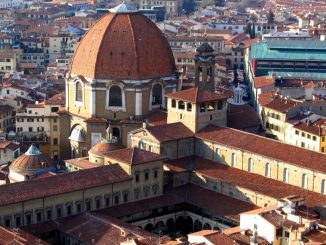Beijing’s Forbidden City dates from the late 14th century, during the time of the era of the Ming Dynasty, and has survived to this day. It is one of the sights of Beijing nobody should miss. With a total of 9,999 rooms, it boasts the distinction of being the world’s biggest and most complete imperial palace grounds. For 500 years it was China’s administrative hub, and it is not difficult to see why it played such an important role for so long – with a 6 metre deep moat and a wall reaching ten metres, no unwelcome visitors could get in. Hence it was the perfect location to conduct the affairs of state.

The Great Wall of China is an immense feat of human achievement, beginning at Jiayuguan Pass and reaching five provinces east, crossing barren desert, snowy peaks and green valleys to conclude at Shanhaiguan Pass. From space it closely resembles a huge dragon. Its original purpose was to defend China against attackers, while ensuring that no one left the country unless they had prior permission. Today it is recognised as being among the ‘Eight Wonders of the World’ and is listed as a World Heritage Site, making it an essential day trip destination from Beijing.
Tiananmen Square is synonymous with Beijing, as it is the world’s biggest city square. It receives a huge amount of native and foreign visitors every year, and is fringed by a number of structures which are of great significance to the Chinese people; for example, Tiananmen Tower, Mao Zedong Memorial Hall, National Museum of China, Great Hall of the People and Monument to the People’s Heroes. Chinese people come here to remember significant people in the country’s history, giving it the air of a holy place. Hence, the square as a whole has quite a serious atmosphere, although it is indeed very impressive.
As so many Dynasties have used Beijing as their commercial and political centre over the centuries, today, it boasts a large number of imperial palaces, such as the Summer Palace and Old Summer Palace (a park now stands on the ruins of the latter). There are also many royal gardens, such as Beihai Park. As so many Emperors have lived it over the centuries, they have also chosen it as their final resting place; hence it boasts many very impressive mausoleums and tombs, such as the Ming Tombs of the 13 Emperors.
Over the centuries Emperors have always built special temples where they could pray to their imperial power without having to mix with their subjects; and as so many of them resided in Beijing, this is where they chose to build these magnificent buildings, many of which still stand to this day. The biggest and arguably most impressive of these is the Temple of Heaven, with its beautiful Altar of Earth (where the God of the Earth was honoured) and Great Bell Temple (used during the time of the Qing Dynasty to ask for rain). It is considerably larger than the Forbidden City, where the Emperor resided; this was because as they considered themselves Sons of Heaven, they did not wish to make their homes larger than those in Heaven.




